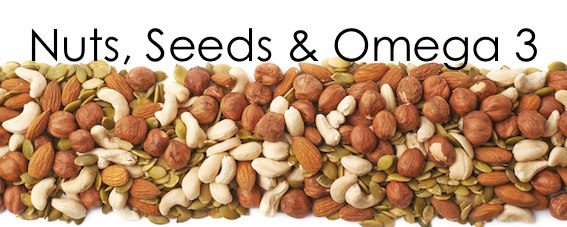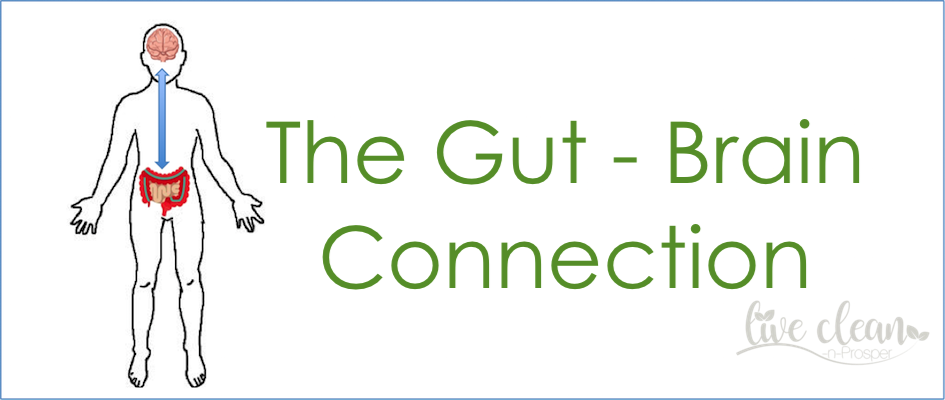Todays post is about nuts and omega 3.
A friend of ours was recently sharing that she had been craving nuts and seeds quite a lot in the past few weeks. She asked if we were aware of this being a symptom of anything.
We were not sure but thought it could mean that her body was craving Omega 3.
I decided to do some research and as usual am sharing my findings.
The health world has been focusing on Omega-3 fats as they play a major role in heart, brain and overall health.
So what is Omega-3?
Omega-3 is a polyunsaturated fatty acid (PUFA), a type of healthy fat.
There are actually three main kinds of omega-3 fatty acids, each capable of providing vital health benefits for the body and mind.
The 3 kinds are – Alpha-linolenic acid (ALA), Eicosapentaenoic acid (EPA) and Docosahexaenoic acid (DHA).
ALA is crucial for normal growth and development. It also helps maintain normal blood cholesterol levels.
EPA helps maintain normal blood pressure levels and reduce inflammation. EPA may also reduce the symptoms of depression.
DHA is important for brain development and function. It can also benefit heart health by reducing blood triglycerides (a type of fat found in the blood).
The body can’t produce these essential fatty acids on its own. It is important to make sure you’re getting enough through dietary sources. If you don’t, you could experience the symptoms of omega-3 deficiency.
In addition, there’s currently no standard test to diagnose an omega-3 deficiency, though there are several ways to analyze omega-3 levels.
To date, few studies have investigated the signs and symptoms of omega-3 deficiency. Therefore I was unable to find any studies to suggest that craving nuts or seeds, was an indicator of low levels.
There are however some other recognised symptoms of omega-3 deficiency.
Main symptoms of low omega 3
- Hair and /or skin is feeling dry – this is because omega-3 fats help retain moisture in the skin, they also help keep your hair healthy.
- Feeling anxious or depressed – DHA‘s are known to have neuro-protective and anti-inflammatory effects
- Dry eyes – essential fatty acids play a role in eye health, including maintaining eye moisture.
- Blood Pressure is higher that normal – Omega-3s are known as the “heart-healthy fats” and are associated with significantly lower blood pressure levels.
It is relatively easy to ensure good levels of these ‘fatty acids’ in your body simply by eating a varied diet.
Main Food Sources of Omega-3s
Plant oils such as flaxseed (linseed), soybean, and canola oils contain ALA.
Chia seeds, pumpkin seeds and walnuts also contain ALA.
Several types of fish contain omega 3 such as salmon, mackerel, tuna, herring, sardines, anchovies, bass, and cod.
Vegetables such as Brussels sprouts, kale, spinach, broccoli and cauliflower, are good sources of ALA.
Of course there are several other processed foods and supplements available that are fortified with DHA and other omega-3s.
So, in a nutshell, upping your omega-3 intake helps improve your skin and hair, lower your blood pressure and improve your overall heart health.
Till the next post,
Live clean n Prosper
Sources – U.S. National Institute of health – Healthline– WebMD –


